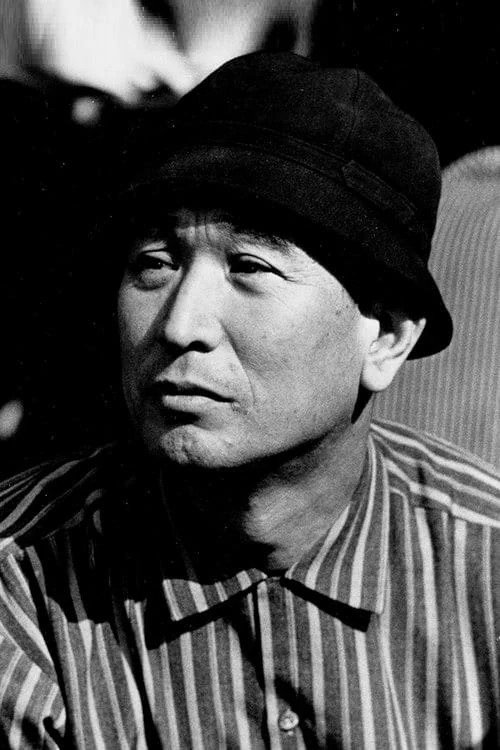
Akira Kurosawa
Biography
Akira Kurosawa (黒澤 明) was a Japanese filmmaker and painter who directed thirty films in a career spanning over five decades. He is widely regarded as one of the greatest and most influential filmmakers in the history of cinema. He displayed a bold, dynamic style, strongly influenced by Western cinema yet distinct from it; he was involved with all aspects of film production. Kurosawa entered the Japanese film industry in 1936, following a brief stint as a painter. After years of working on numerous films as an assistant director and scriptwriter, he made his debut as a director during World War II with the popular action film Sanshiro Sugata (1943). After the war, the critically acclaimed Drunken Angel (1948), in which Kurosawa cast the then little-known actor Toshiro Mifune in a starring role, cemented the director's reputation as one of the most important young filmmakers in Japan. The two men would go on to collaborate on another fifteen films. Rashomon (1950), which premiered in Tokyo, became the surprise winner of the Golden Lion at the 1951 Venice Film Festival. The commercial and critical success of that film opened up Western film markets for the first time to the products of the Japanese film industry, which in turn led to international recognition for other Japanese filmmakers. Kurosawa directed approximately one film per year throughout the 1950s and early 1960s, including a number of highly regarded (and often adapted) films, such as Ikiru (1952), Seven Samurai (1954), Throne of Blood (1957), Yojimbo (1961) and High and Low (1963). After the 1960s he became much less prolific; even so, his later work—including two of his final films, Kagemusha (1980) and Ran (1985)—continued to receive great acclaim. In 1990, he accepted the Academy Award for Lifetime Achievement. Posthumously, he was named Asian of the Century in the Arts, Literature, and Culture category by AsianWeek magazine and CNN, cited there as being among the five people who most prominently contributed to the improvement of Asia in the 20th century. His career has been honored by many retrospectives, critical studies and biographies in both print and video, and by releases in many consumer media.
Known For
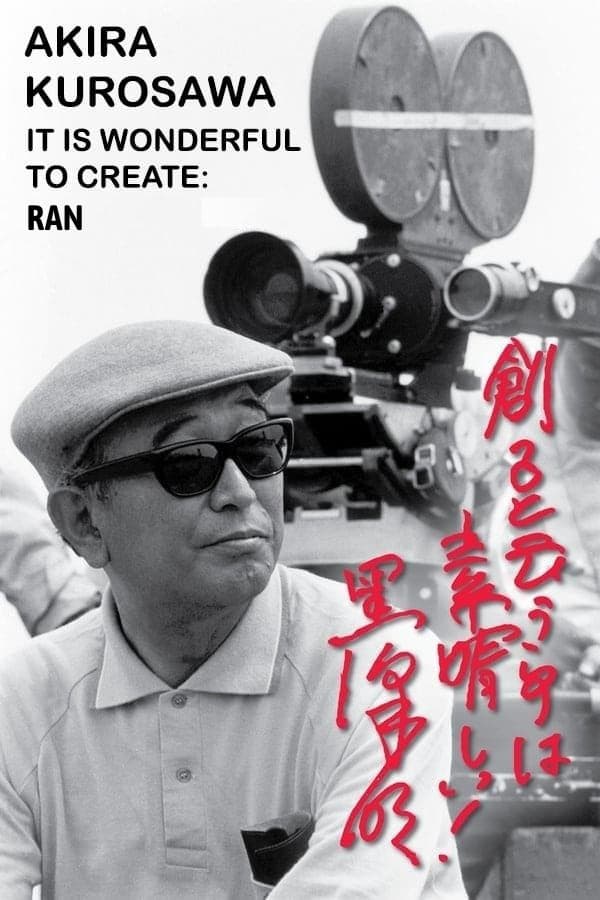
Self
黒澤明~創ると云う事は素晴らしい~乱

Self
Kurosawa
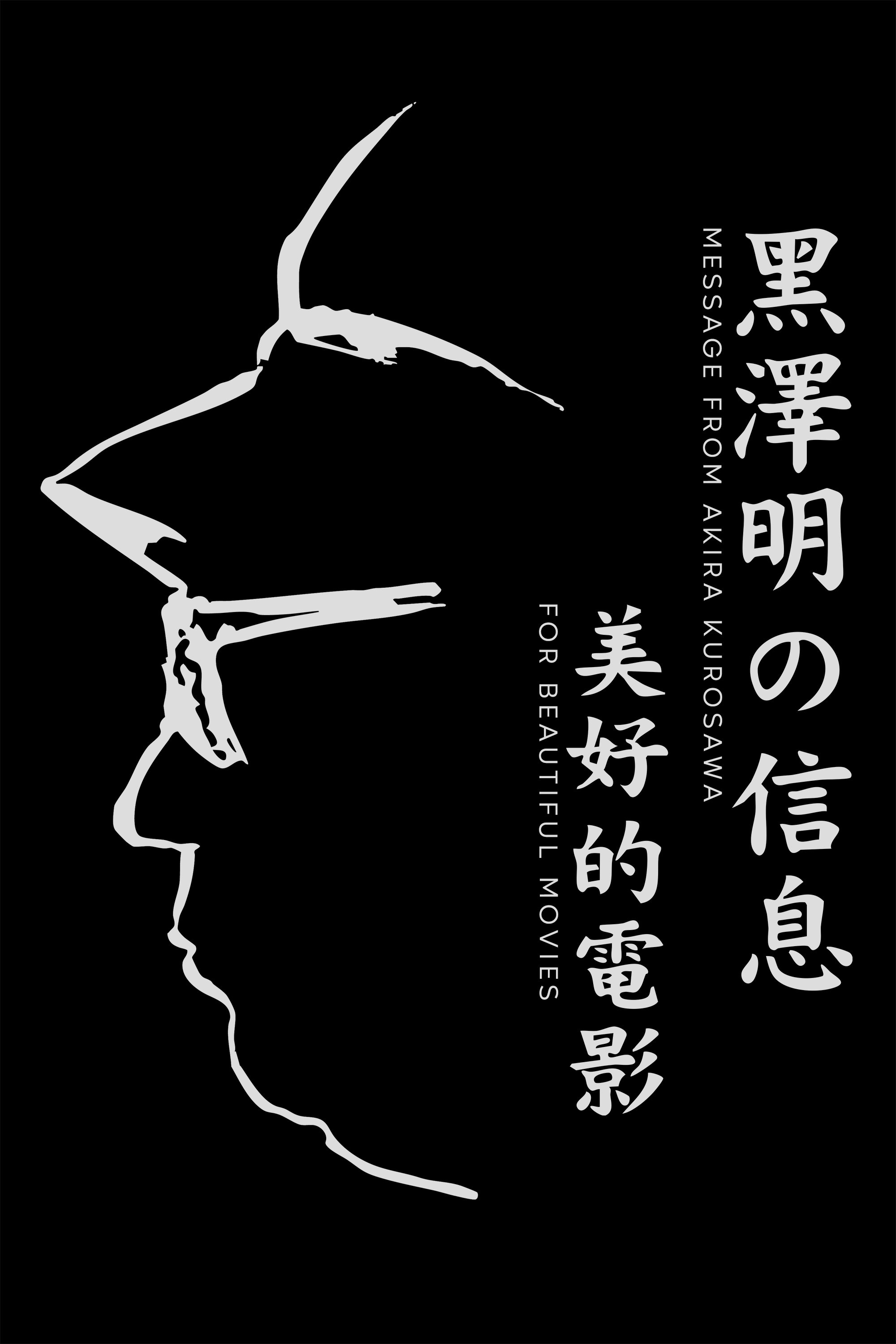
Self
黒澤明からのメッセージ~美しい映画を~
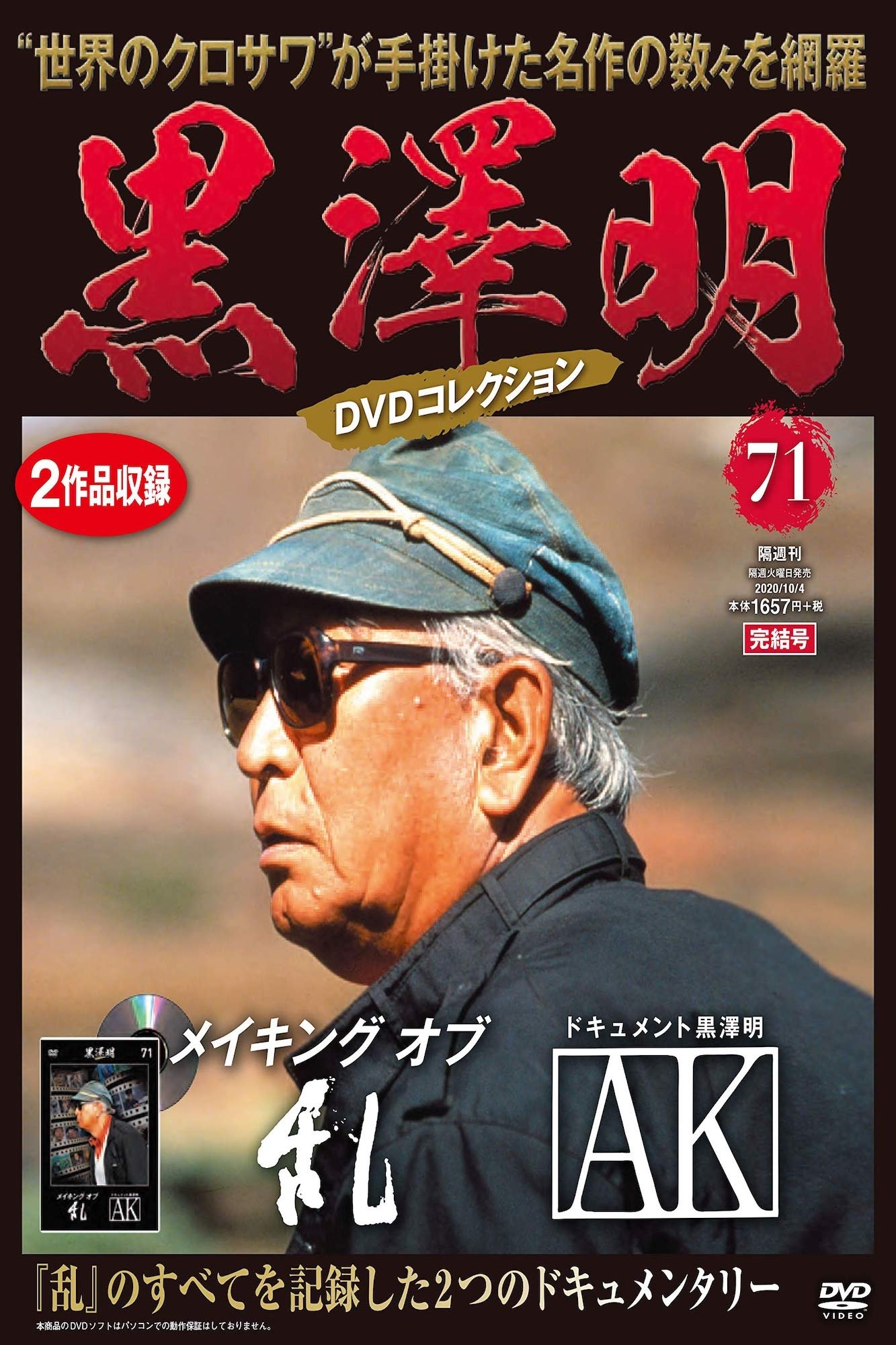
Self
メイキングオブ乱
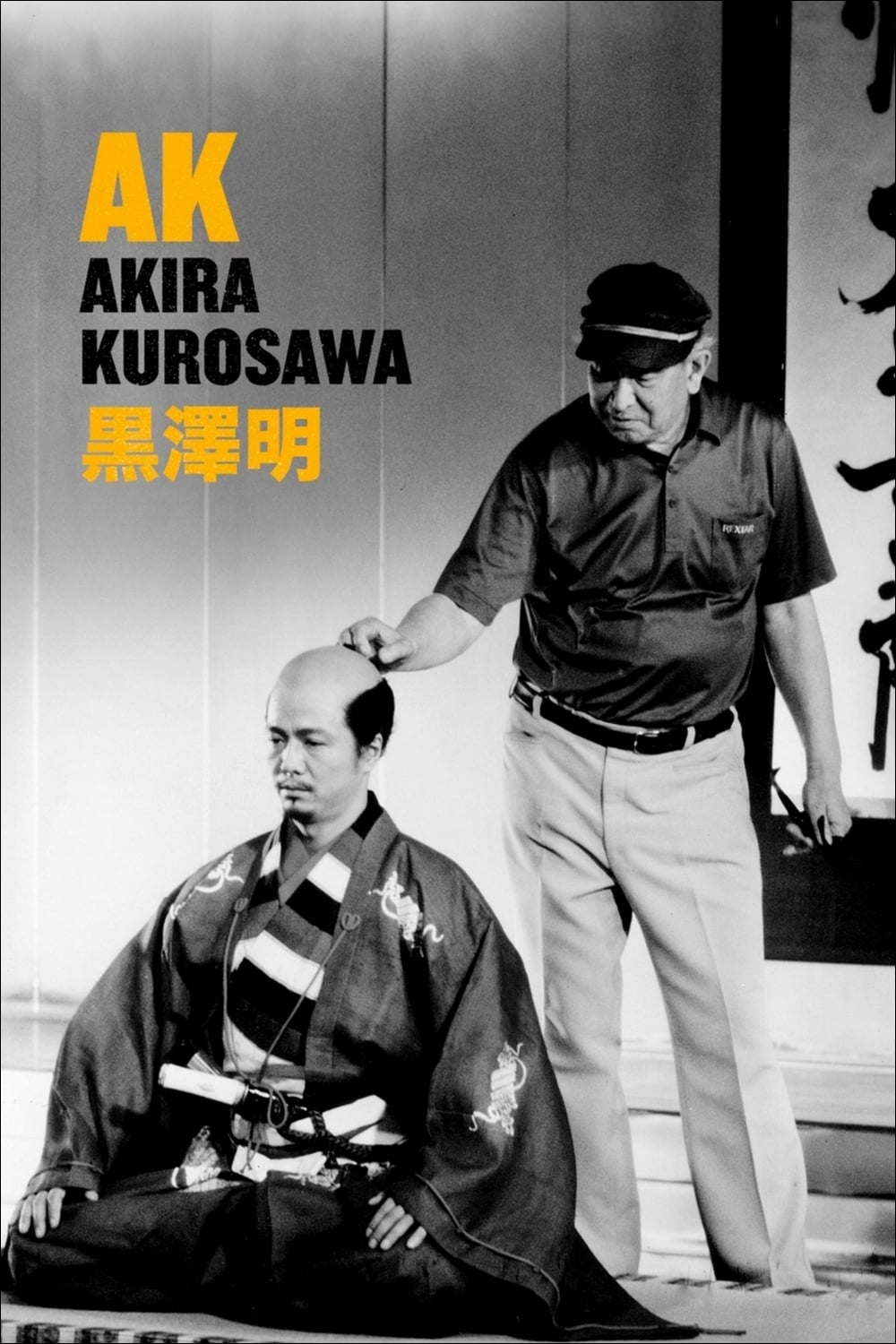
Self
A. K.
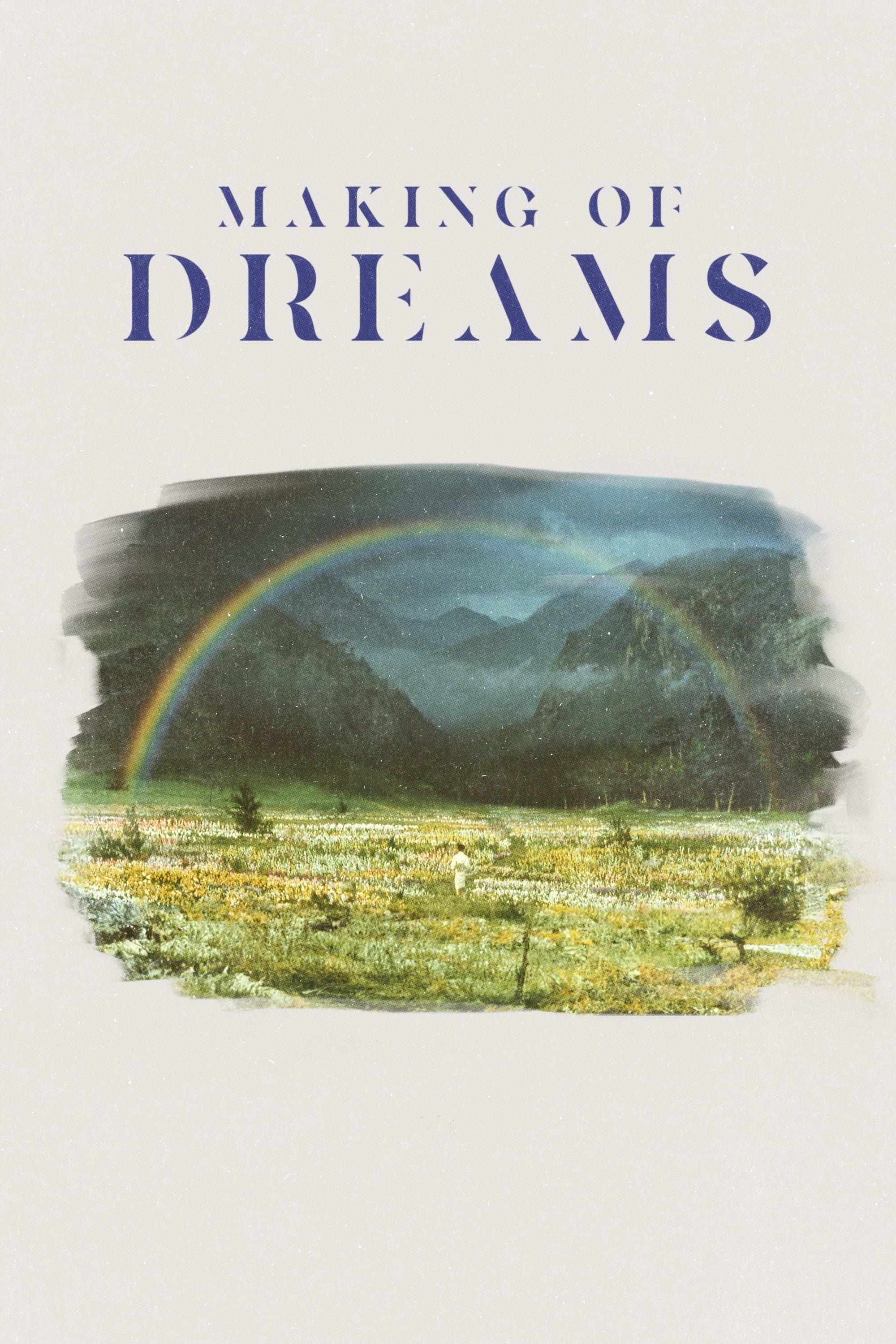
Self
映画の肖像 黒澤明 大林宣彦 映画的対話 MAKING OF 'DREAMS'

Self
わが映画人生 黒澤明監督編
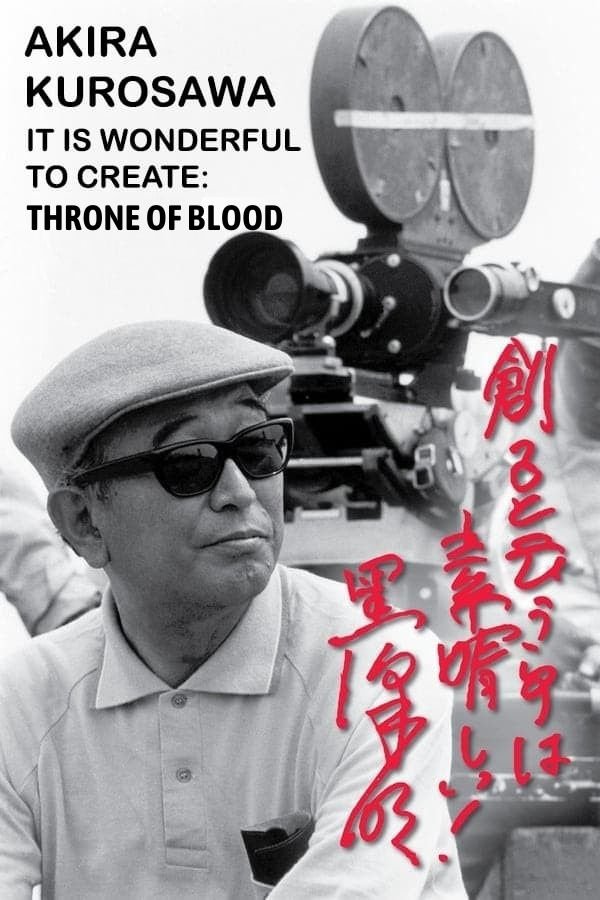
Self
黒澤明~創ると云う事は素晴らしい~蜘蛛巣城
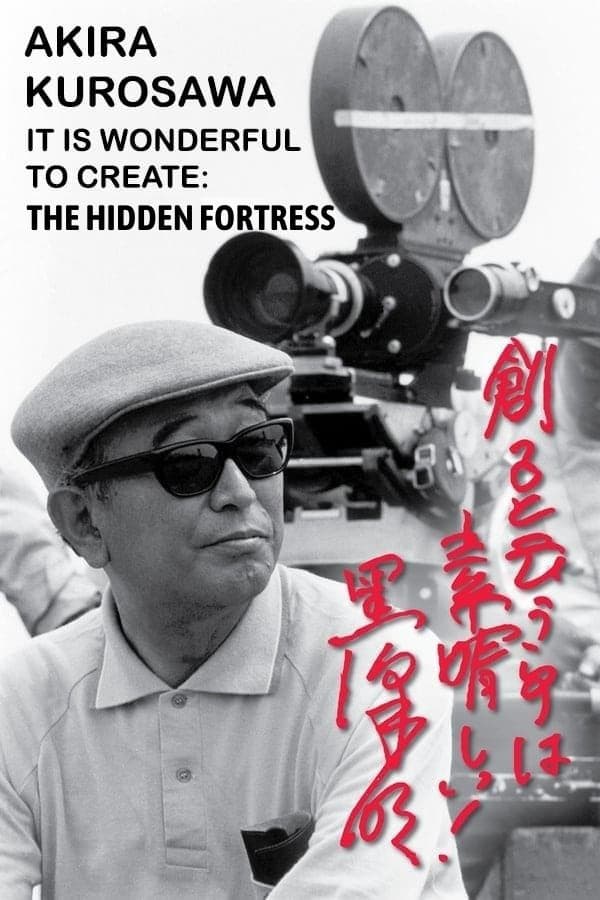
Self
黒澤明~創ると云う事は素晴らしい~隠し砦の三悪人
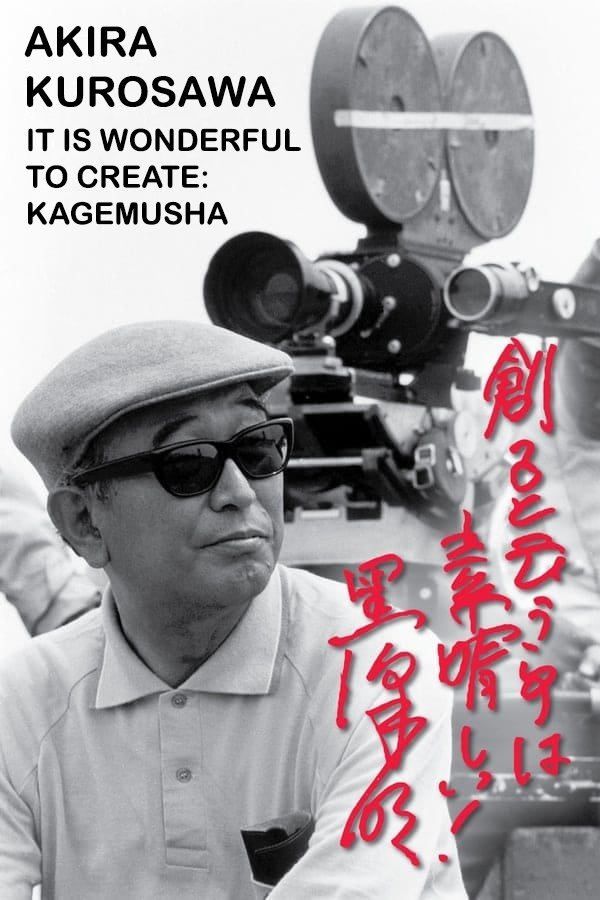
Self
黒澤明~創ると云う事は素晴らしい~影武者
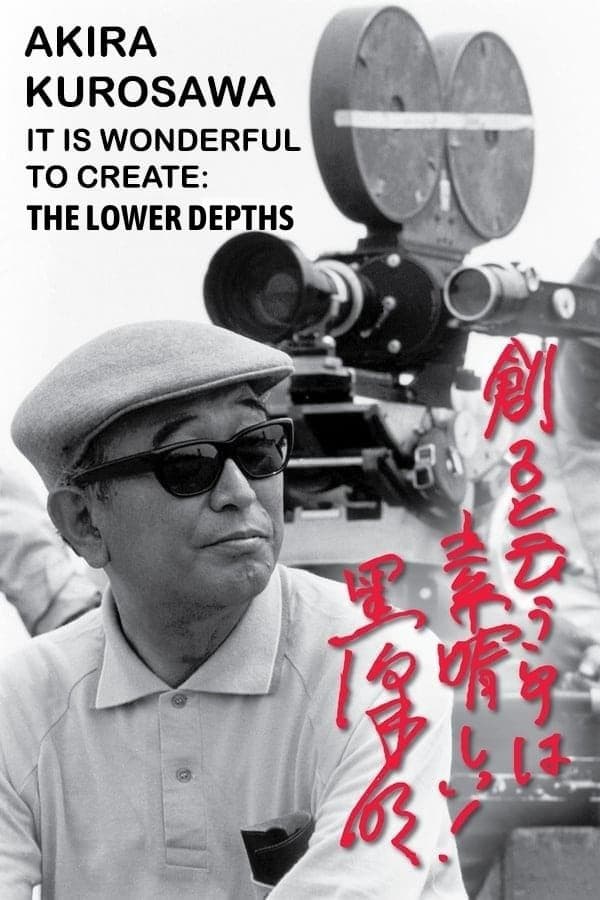
Self
黒澤明~創ると云う事は素晴らしい~どん底
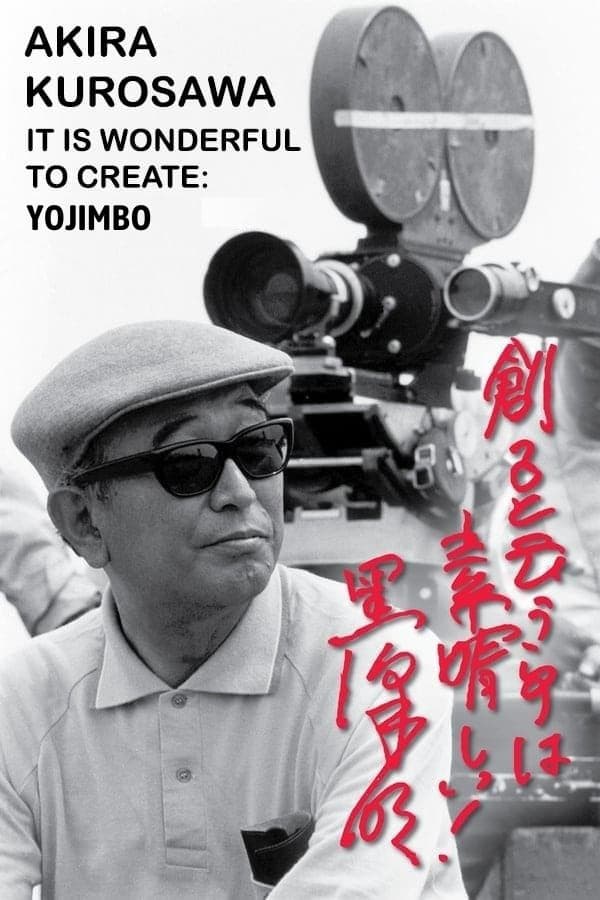
Self
黒澤明~創ると云う事は素晴らしい~用心棒
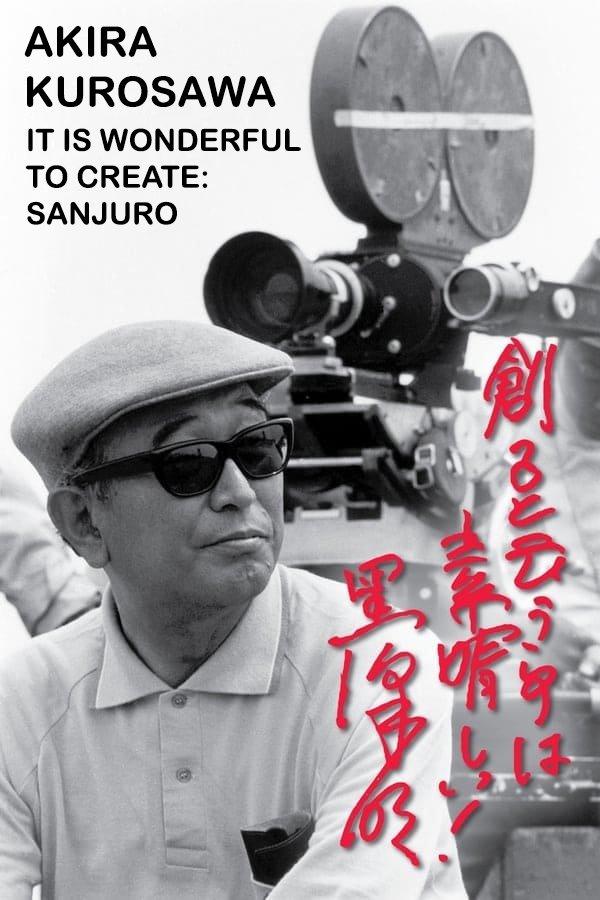
Self
黒澤明~創ると云う事は素晴らしい~椿三十郎
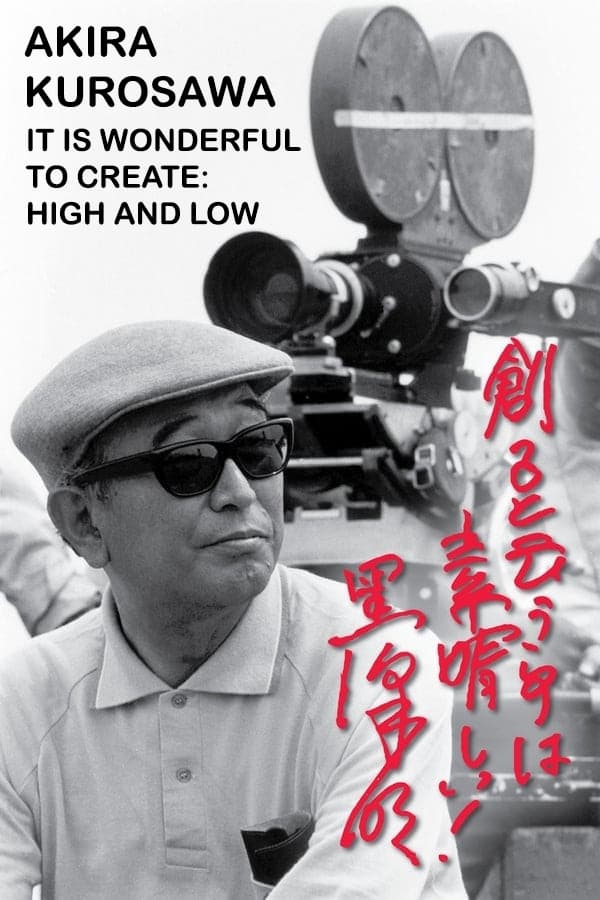
Self
黒澤明~創ると云う事は素晴らしい~天国と地獄
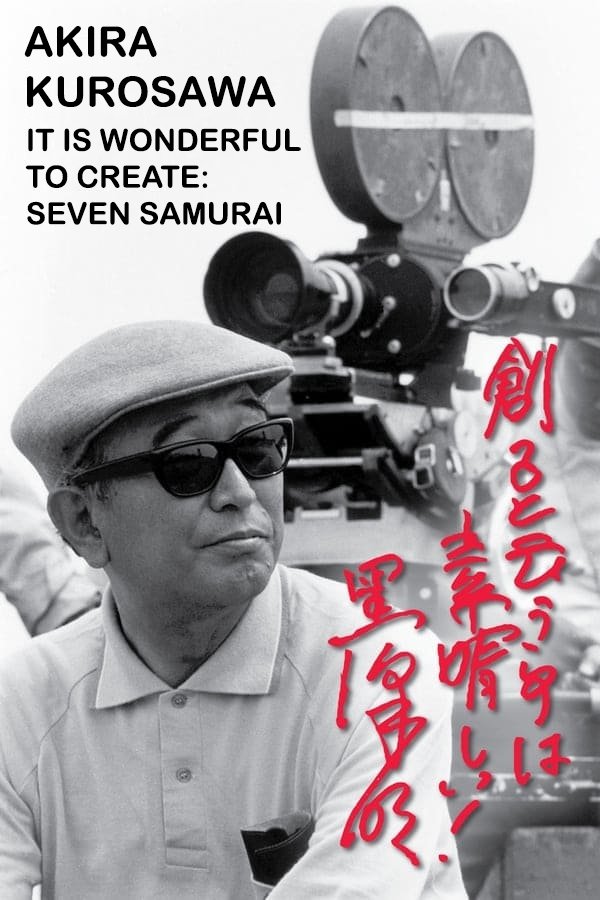
Self
黒澤明~創ると云う事は素晴らしい~七人の侍
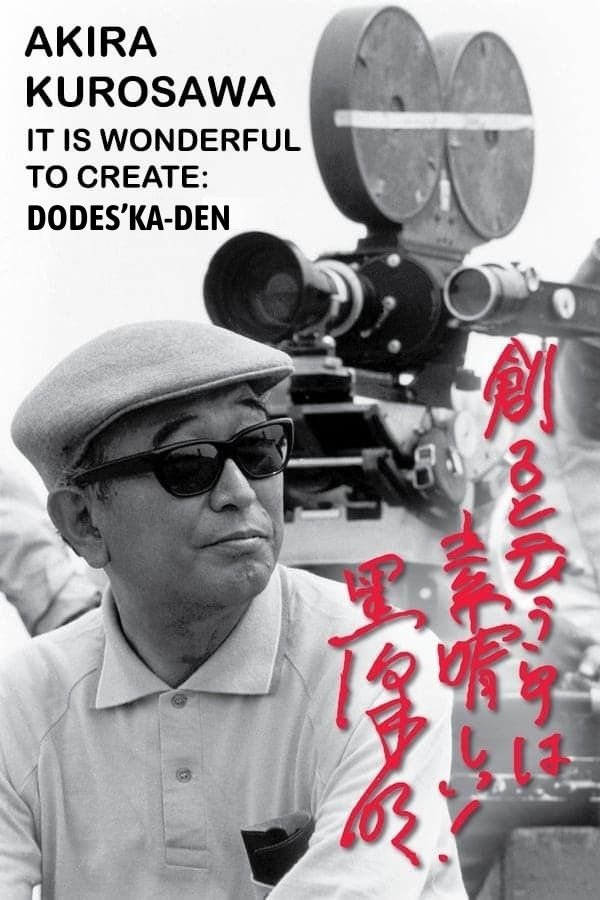
Self
黒澤明~創ると云う事は素晴らしい~どですかでん
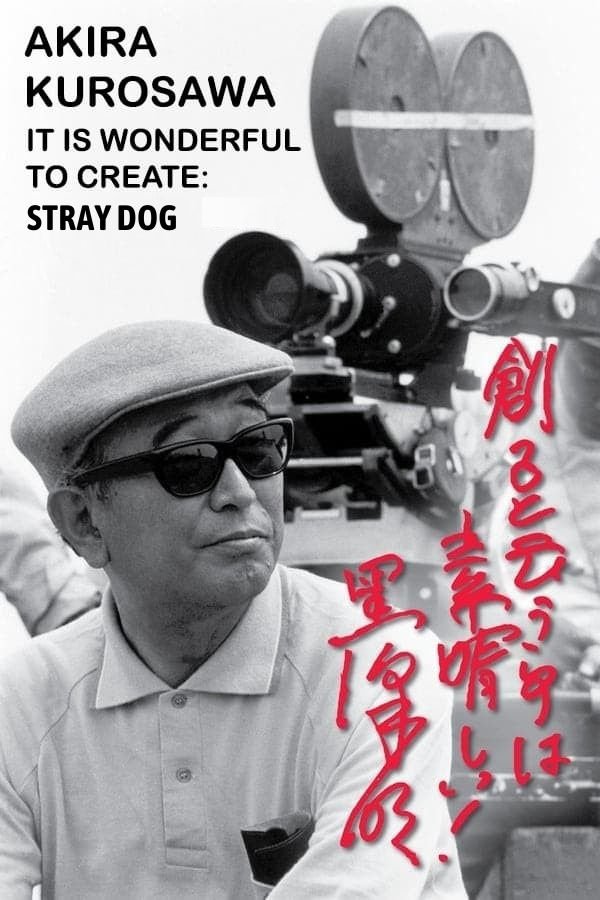
Self
黒澤明~創ると云う事は素晴らしい~野良犬
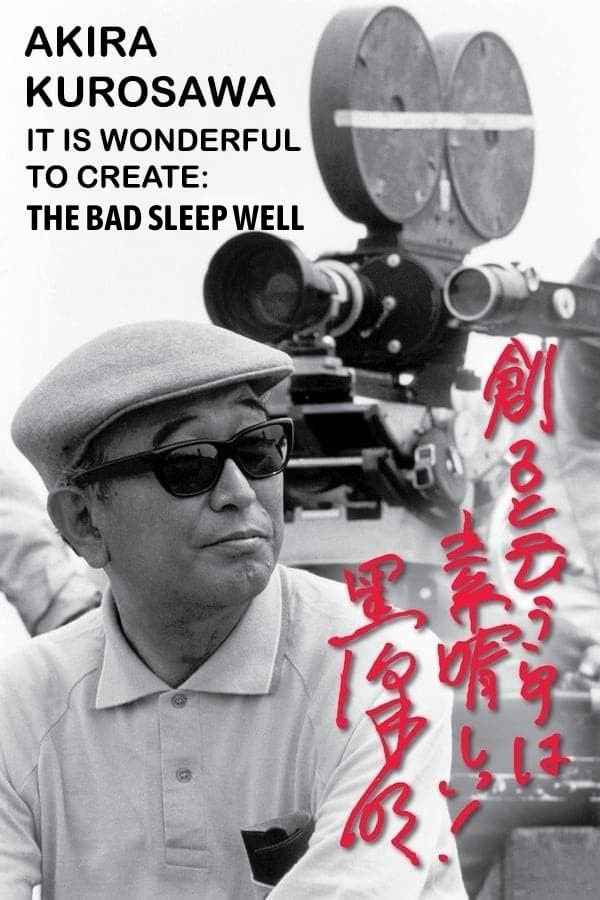
Self
黒澤明~創ると云う事は素晴らしい~悪い奴ほどよく眠る
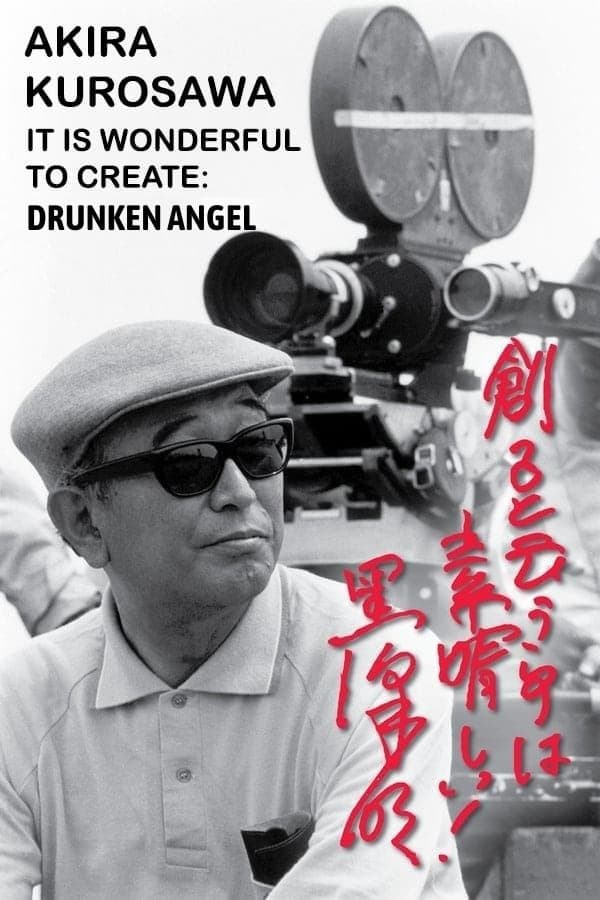
Self
黒澤明~創ると云う事は素晴らしい~酔いどれ天使

Self
The World of Kazuo Miyagawa

Self
What Is Cinema?
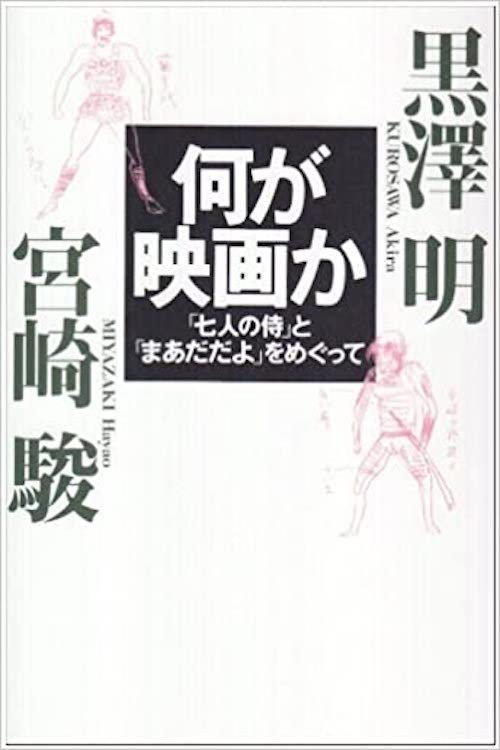
Self
映画に恋して愛して生きて 黒澤明と宮崎駿
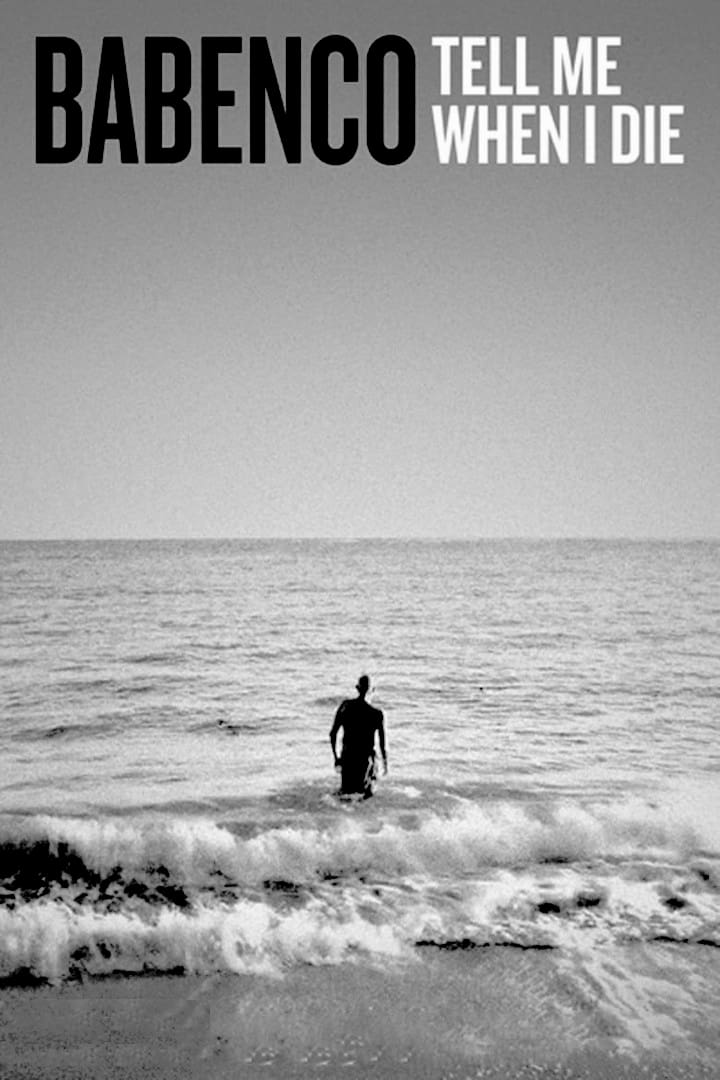
Self (archive footage)
Babenco - Alguém Tem que Ouvir o Coração e Dizer: Parou
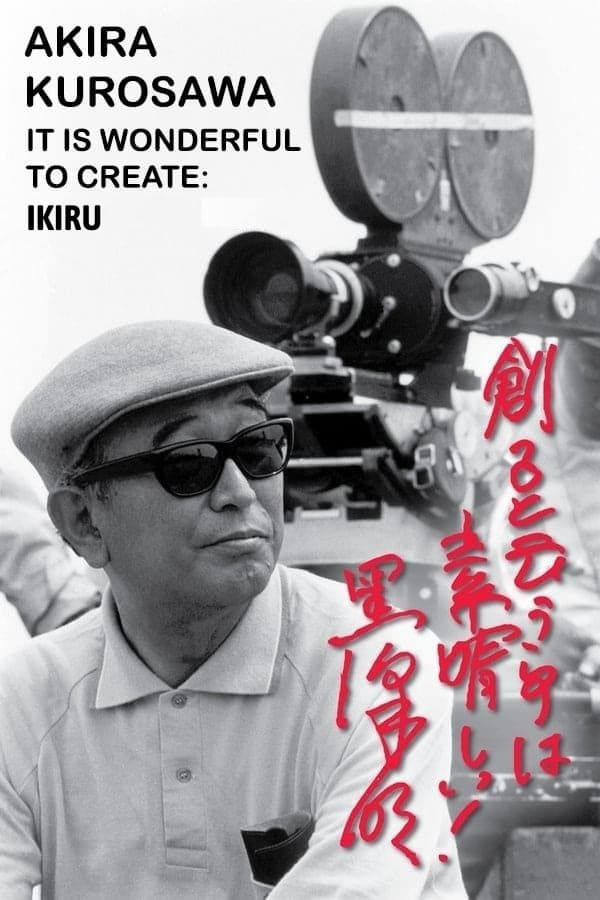
Self
黒澤明~創ると云う事は素晴らしい~生きる
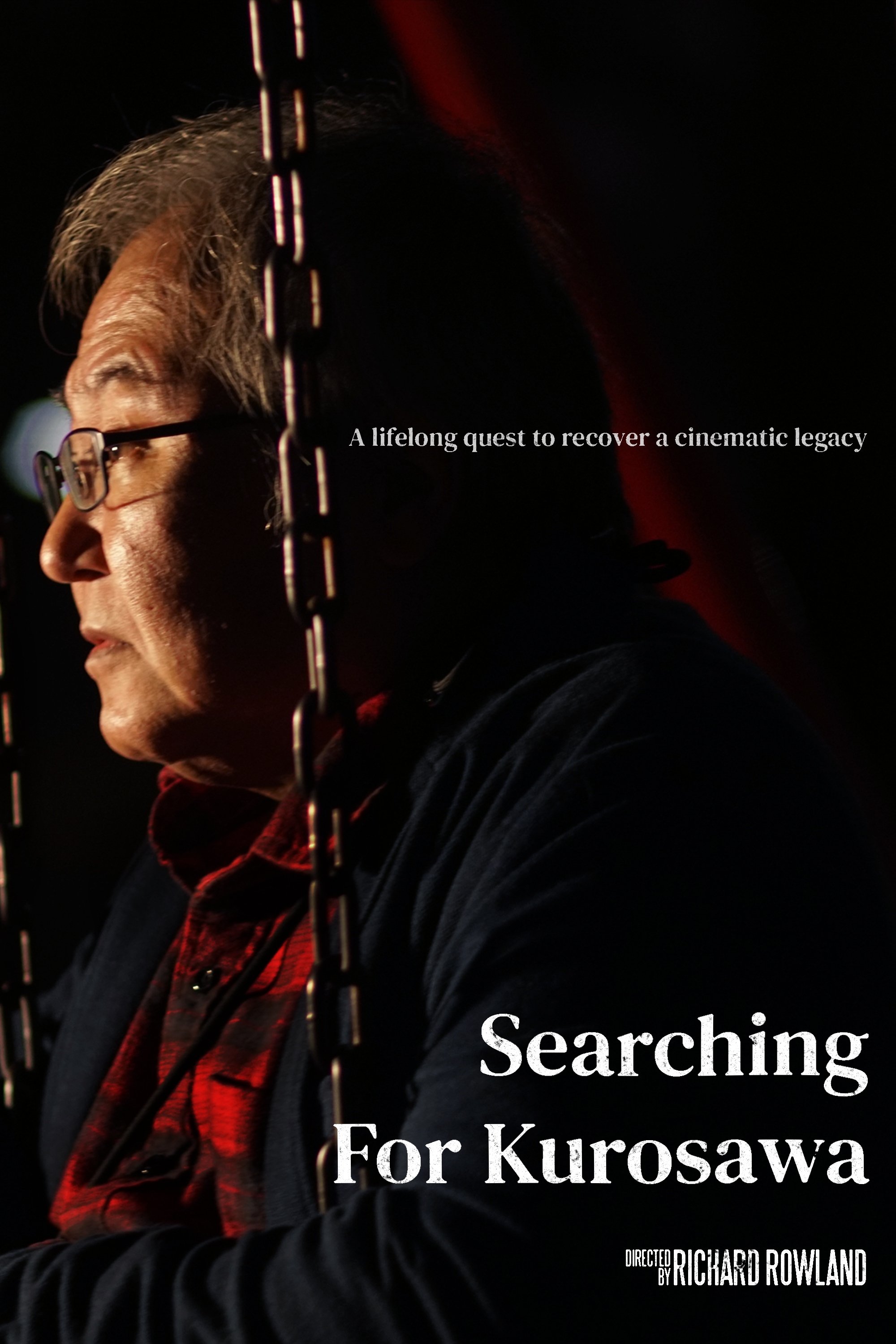
黒澤明を探して

Self (archive footage)
Black Baby
Personal Info
Known For
Directing
Known Credits
26
Gender
Male
Birthday
1910-03-23
Place of Birth
Shinagawa, Tokyo Prefecture, Japan
Also Known As
أكيرا كوروساوا